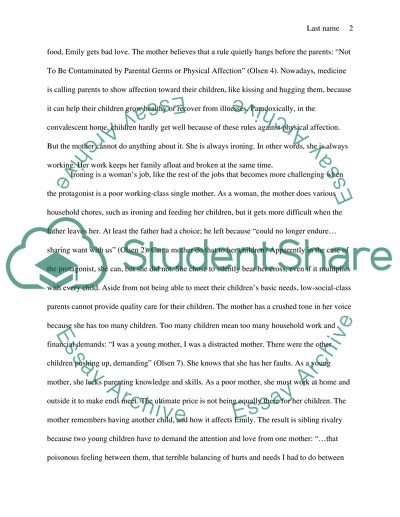Cite this document
(“The Irony of Ironing in Olsens I Stand Here Ironing Essay”, n.d.)
Retrieved from https://studentshare.org/literature/1468313-the-irony-of-ironing-in-olsens-i-stand-here-ironing
Retrieved from https://studentshare.org/literature/1468313-the-irony-of-ironing-in-olsens-i-stand-here-ironing
(The Irony of Ironing in Olsens I Stand Here Ironing Essay)
https://studentshare.org/literature/1468313-the-irony-of-ironing-in-olsens-i-stand-here-ironing.
https://studentshare.org/literature/1468313-the-irony-of-ironing-in-olsens-i-stand-here-ironing.
“The Irony of Ironing in Olsens I Stand Here Ironing Essay”, n.d. https://studentshare.org/literature/1468313-the-irony-of-ironing-in-olsens-i-stand-here-ironing.


